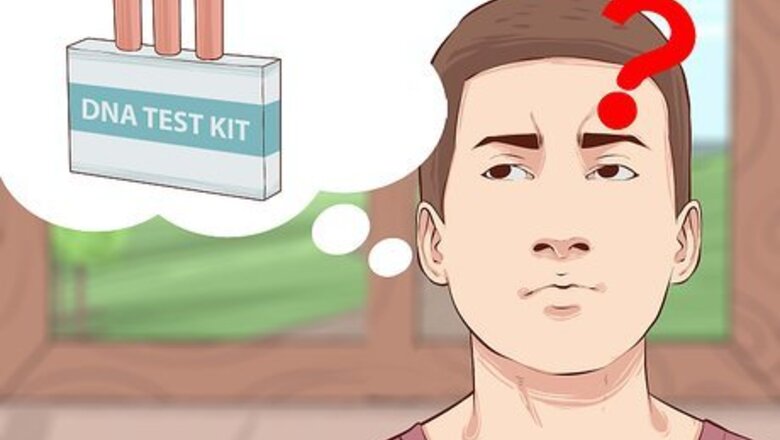
views
Figuring Out What You Need
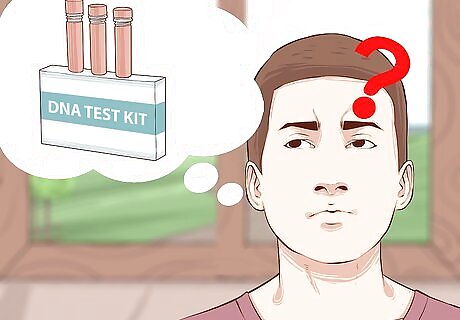
Decide if you need a kit. This will depend on what the sample is for. If you want laboratory results from your sample, you will likely have to purchase a kit. If you plan on storing the sample in case it is one day needed, you may not need a kit, although you may still choose to purchase one if you like. DNA test kits contain all of the materials you will need, along with complete instructions and consent forms, which are needed if the samples will be tested or kept on file with the authorities.
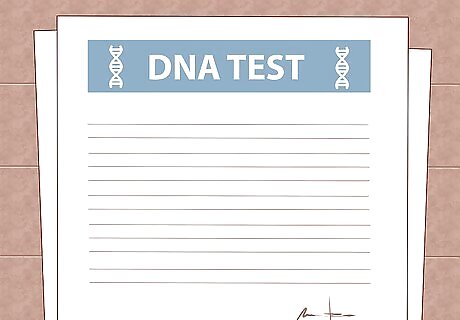
Check legal requirements. In most cases, DNA samples cannot be collected at home if they are to be used in court. While home paternity tests are useful for your own knowledge, you will likely need to go to a lab and have your DNA collected by a professional if you need to use the results for matters involving custody or child support.
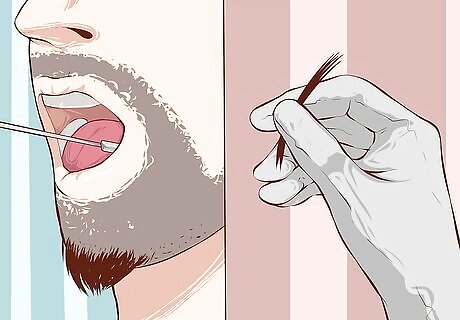
Choose the right sample type. If you are using a kit, there will be very specific instructions for what kind of sample to collect. If you are sending your samples to a lab without a kit, check with them to see what kinds of samples they prefer. Most DNA kits request either buccal (cheek) swabs or saliva samples. Hair samples are also popular. It is possible to extract DNA from almost any human sample, including nails, blood, sperm, and items that contain saliva, such as chewing gum. Some samples, however, are easier to extract from than others. If you choose a non-preferred sample type, the lab might not be able to extract DNA, or it might be more expensive.
Maintaining the Integrity of the Specimen
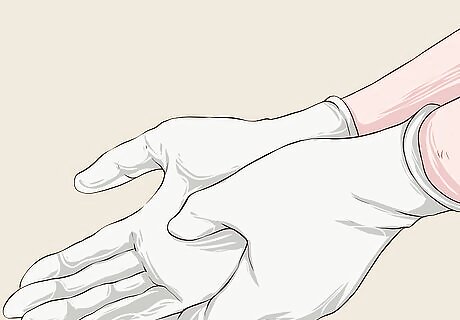
Don't touch the sample. No matter what kind of sample you collect, do not touch it with your hands or place it on a contaminated surface. This is especially important if you are collecting a DNA sample from someone else because you could potentially contaminate the sample with your own DNA. Wash your hands before you begin and always wear gloves.
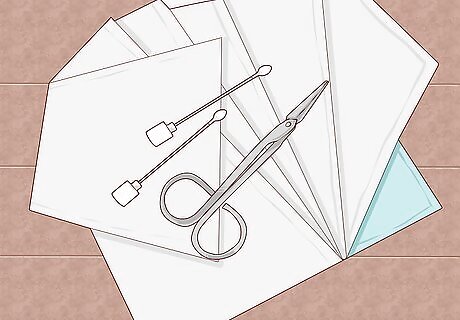
Use sterile equipment. If the collection involves a swab, tweezers, or clippers, these should be sterile, and you should avoid touching the part of the equipment that will come in contact with the specimen. Metal equipment can be sterilized with alcohol or by boiling in water.

Store your specimen in a clean, dry container. Kits will provide you with collection containers and instructions for storing it properly. Paper envelopes are the best storage containers for most non-liquid samples. Do not store hair specimens or a damp buccal swab in plastic, as this will retain moisture and potentially damage the DNA. If storing the specimen in an envelope, do not lick the seal, as this could contaminate the sample. If you plan on storing the specimen for potential use in the future, label it with the name of the person from whom the specimen was collected, the date that it was collected, and the name of the person who collected it. Keep your sample away from moisture, extreme temperatures, and chemicals.

Follow the packing and shipping instructions. If you are using a DNA kit, the instructions will be very clear, so follow them closely. If you are mailing your sample to a lab but not using a kit, be sure to clarify shipping instructions.
Collecting the Sample
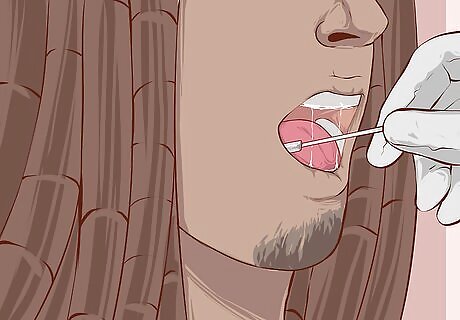
Swab your cheek. For buccal swabs, scrape your inner cheek with a sterile swab for up to one minute. Scrape vigorously, but not to the point that it hurts. Continue swabbing for at least 30-60 seconds. Once finished, be sure not to touch the end of the swab to any surface other than the inside of your mouth and the inside of the container. Kits often request more than one swab, just in case one does not contain DNA. If you are not using a kit, you may still wish to use multiple swabs. To improve the amount of DNA retrieved, take the two (or more) samples from different sides of the mouth, or take them several hours apart. Refrain from eating, drinking anything other than water, smoking, chewing gum, brushing your teeth, or using mouthwash for at least one hour before taking the test. Rinse the mouth with warm water ten minutes before swabbing. If testing on a baby, allow her to drink water from her bottle before testing. Allow the swab to dry before storing.
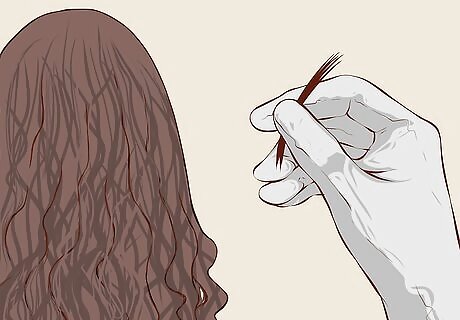
Pull 10 to 20 strands of hair from the head. When collecting hair samples, check to make sure that the follicle, which looks like a small white bulb, is still attached. Avoid using hairs from a hairbrush or clothing. You also cannot use cut hair. Do not touch the follicle end of the hairs. Getting hair samples might hurt, especially if the hair is shiny and strong.
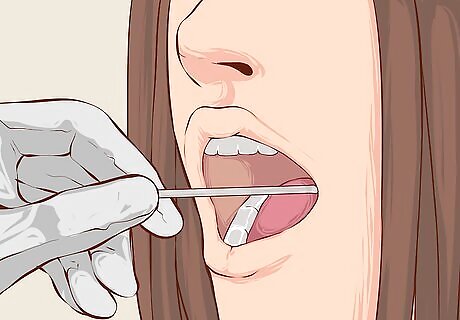
Collect a saliva sample. The easiest way to do this is to drool into your collection container. If you are using a kit, you may be provided with sponges to facilitate the collection of saliva from small children. Refrain from eating, drinking anything other than water, smoking, chewing gum, brushing your teeth, or using mouthwash for at least one hour before taking the test. Rinse the mouth with warm water ten minutes before collecting the sample, in order to remove any food particles. If testing on a baby, allow her to drink water from her bottle before testing.
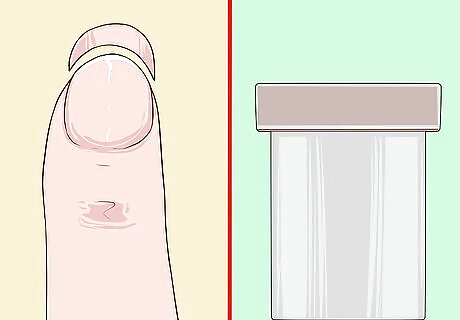
Collect other samples using the same precautions. If you plan on collecting less common samples, such as fingernails, blood, or semen, take every precaution to avoid touching or otherwise contaminating them. Check with the lab you plan on sending the specimen to in order to confirm that they are able to extract DNA from the sample you are collecting.












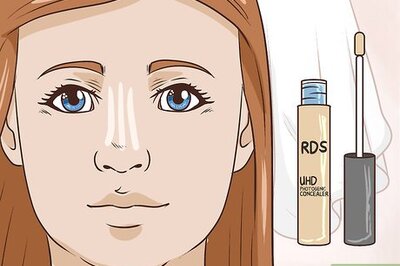


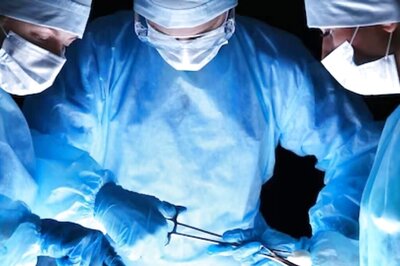



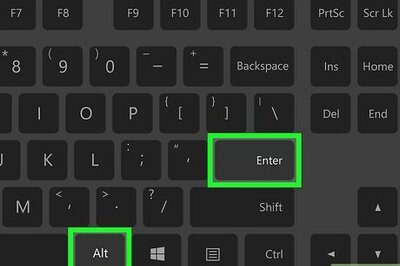
Comments
0 comment